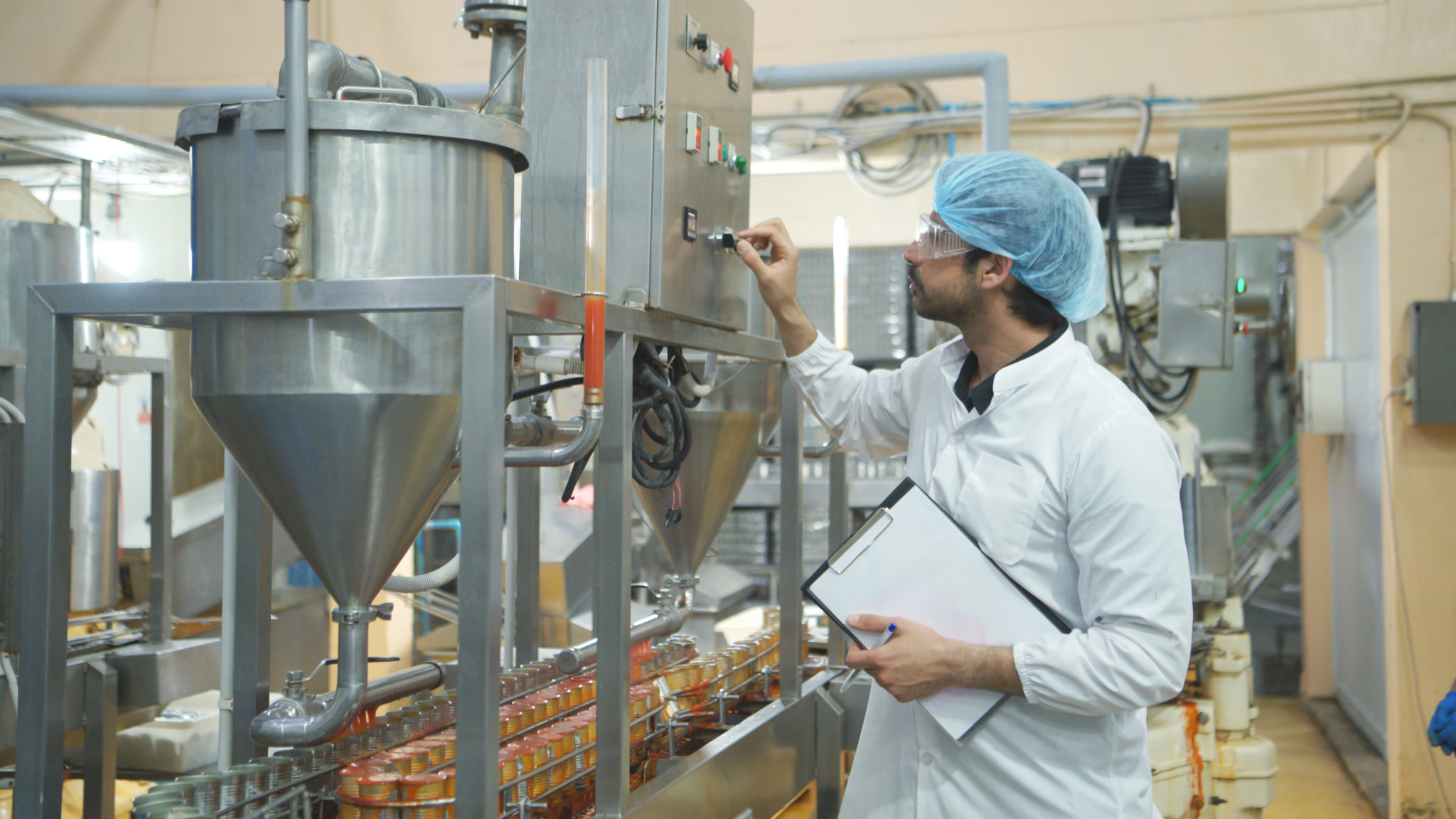Debunking Myths: Common Misconceptions About High Pressure Processing
Understanding High Pressure Processing
High Pressure Processing (HPP) is a method used to preserve and sterilize food products by subjecting them to high levels of pressure. This innovative technique helps extend shelf life and maintain the nutritional value of foods without the need for preservatives. Despite its benefits, several myths and misconceptions surround HPP, leading to confusion among consumers and producers alike.

Myth: HPP Uses Heat
One of the most common misconceptions is that High Pressure Processing involves the use of heat. In reality, HPP is a cold pasteurization technique. The process uses high pressure instead of high temperatures to inactivate bacteria and pathogens, ensuring that the food maintains its original taste, texture, and nutritional profile. This makes it an ideal option for preserving heat-sensitive foods like juices, dairy, and ready-to-eat meals.
Myth: HPP Alters Food Nutrients
Another prevalent myth is that HPP significantly alters the nutritional content of foods. The truth is that because HPP does not rely on heat, it actually helps preserve the vitamins, minerals, and overall nutritional quality of food better than traditional methods such as thermal pasteurization. Consumers can enjoy foods that are not only safe but also packed with nutrients.

Myth: HPP Is Not Safe
Some people believe that High Pressure Processing is not a safe method for food preservation. On the contrary, HPP is recognized as a safe and effective process. It has been extensively studied and validated by scientific research and is approved by food safety authorities worldwide. The high pressure effectively inactivates harmful microorganisms, making it a reliable method for ensuring food safety.
Myth: HPP Is Only Suitable for Certain Foods
There is a misconception that HPP can only be applied to specific types of foods. While it's true that not all foods are candidates for HPP, it is a versatile technology applicable to a wide range of products. This includes fruits, vegetables, meats, seafood, and even dairy products. Food manufacturers are continually exploring new ways to incorporate HPP into their production processes.

Myth: HPP Is Too Expensive
Cost concerns often deter businesses from adopting High Pressure Processing. Although the initial investment in HPP equipment can be significant, the long-term benefits often outweigh the costs. These include extended shelf life, reduced waste, and access to new markets that prioritize freshness and safety. Additionally, as technology advances, the cost of implementing HPP is expected to decrease.
The Advantages of Debunking These Myths
By debunking these myths about High Pressure Processing, both consumers and producers can make more informed decisions about the foods they consume and produce. Understanding the true capabilities of HPP can lead to healthier choices and more innovative food solutions. As awareness grows, so too does the potential for this revolutionary technology to reshape our approach to food preservation.